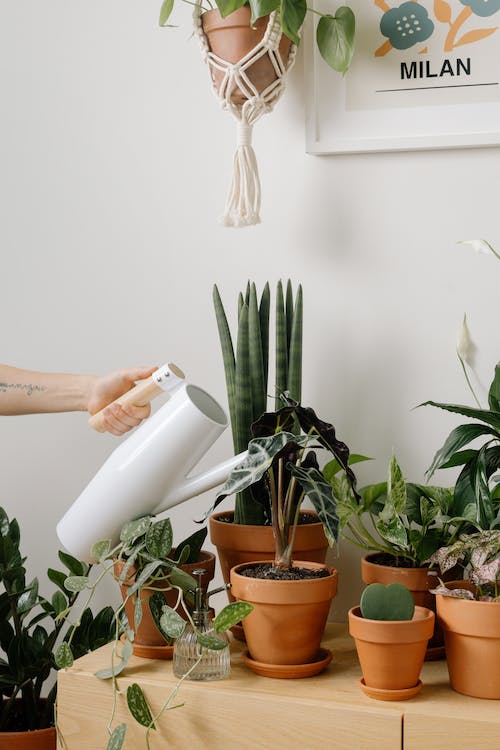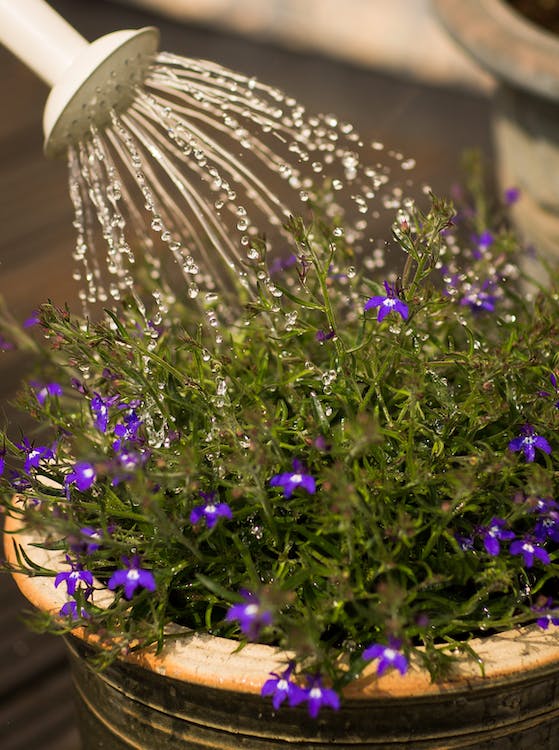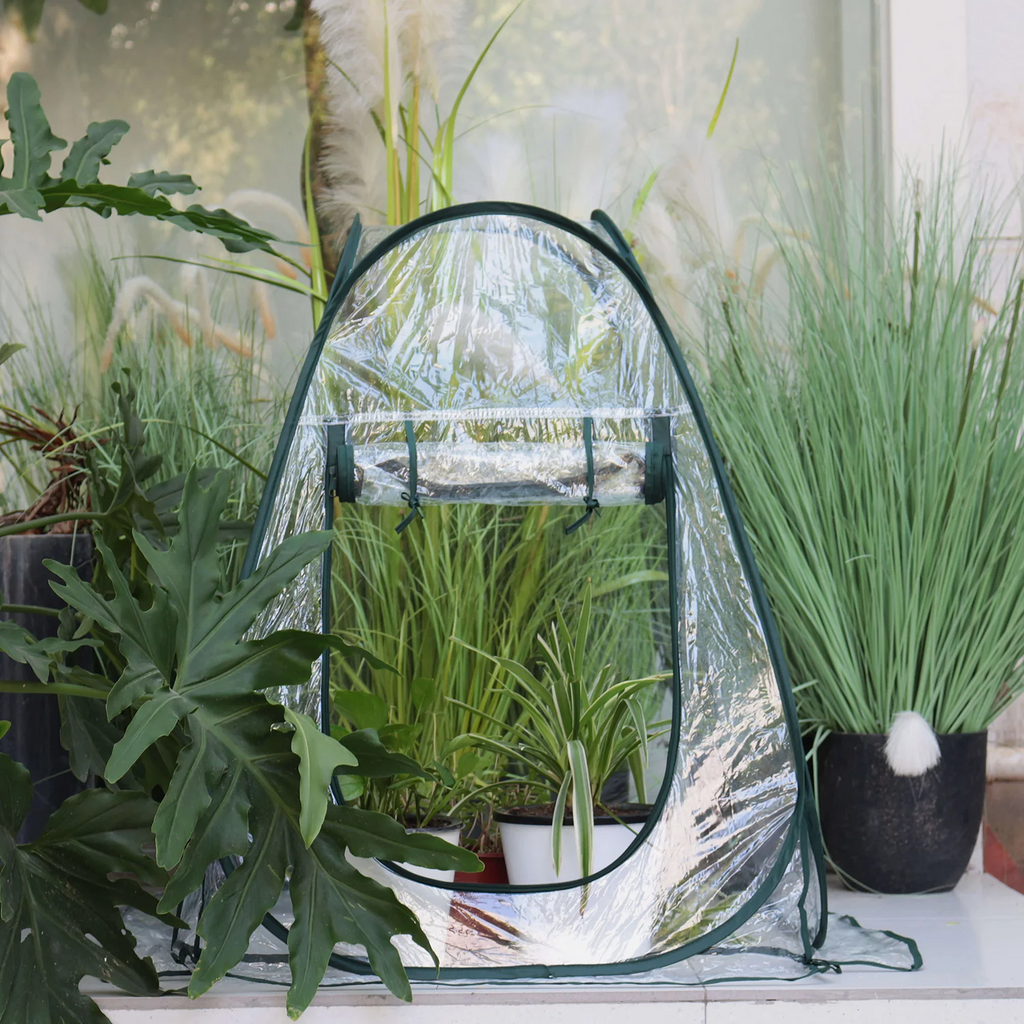
Here at Gardzen, we believe gardening should be a year-round endeavor. If you’re lucky enough to have an outdoor space, there are ways to extend your outdoor gardening season. However, some of us find that autumn and winter are great times to focus on indoor gardening and caring for houseplants. This approach has some advantages over outdoor gardening—we can control conditions within our homes much more easily than we can influence weather and climate! However, in order to provide our indoor plans with the best possible conditions, we need to understand how those conditions are created and sustained within our homes. Temperature and humidity are the two most often overlooked factors in keeping indoor plants healthy, so let’s dig in and talk about how temperature, humidity, and your houseplants interact.
Most houseplants—cacti and succulents aside—will benefit from the right level of humidity. Unfortunately most indoor spaces are a bit too dry for many indoor plants. This is especially acute when we’re talking about outdoor plants that have come inside for the winter, which may thrive best in the warm, relatively humid summer air. Inside, especially when the heat comes on, the air dries out beyond what many plants find tolerable. So what to do? Fortunately there are few easy-to-implement solutions that can help your plants get the humidity they need:
- It sounds obvious, but making sure you’re watering your indoor plantsappropriately is a huge help in keeping their humidity at the proper level. How to best water the plant depends on the plant in question, but a little research and attention will ensure that your plant gets the watering they need.

- Misting plants can help provide the right humidity, and it’s cheap and easy to do. A clean spray bottle—we recommend buying new one rather than recycling one that may have had harsh chemicals in it—and some fresh water are all you need. In addition to appropriate water, just mist your plants a few times a day to help keep them humid.

- In some cases, your plants may need a bit of shelter to create a humid microclimate in order to keep them healthy. A small portable greenhouseis a convenient and effective solution, but you can improvise something with a large plastic bottle or clear plastic bag if needed. Keeping your plants covered this way helps hold humidity in—just keep an eye out for mold or other forms of water damage.

Humidity is a tricky subject, as it can be difficult to measure and difficult to track. Temperature is a bit easier—most of our houses have thermostats and thermometers are readily available. In many homes, providing the right temperature is often a question of positioning your plants in the right place—a sunny window in a warm room often does the trick! As with humidity control, providing a microclimate via an indoor greenhouse can help as well; this also allows you to keep all of your plants in the same space while providing them the various conditions they need. Indoor grow lights do provide some heat as well, and in some cases a small space heater or seed warming pad can also do the job. Just be careful with electric heaters—make sure to put them on a grounded outlet and that you follow all manufacturer’s instructions including keeping water away from them!
Indoor gardening is a chance to learn—about how to keep plants healthy and happy indoors, and about how conditions effect our plants and how those conditions come to be. Gardening is all about experimentation, because that’s how learning very often happens, so take this winter as a chance to expand your gardening skills with some indoor plants and whatever indoor garden size is right for you!

Leave a comment